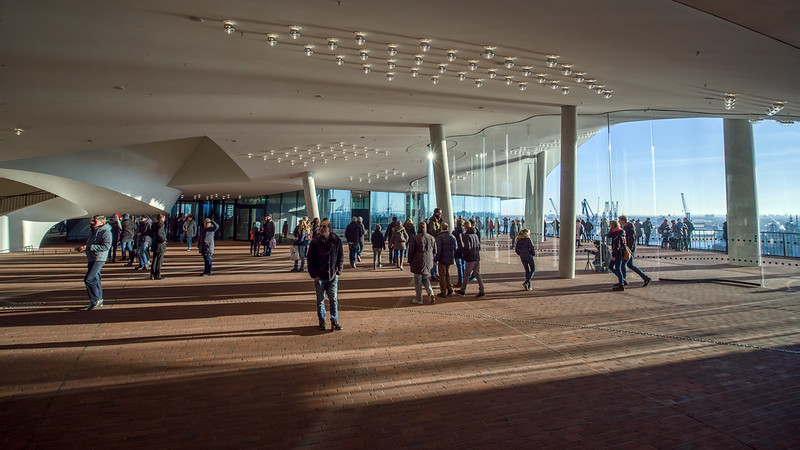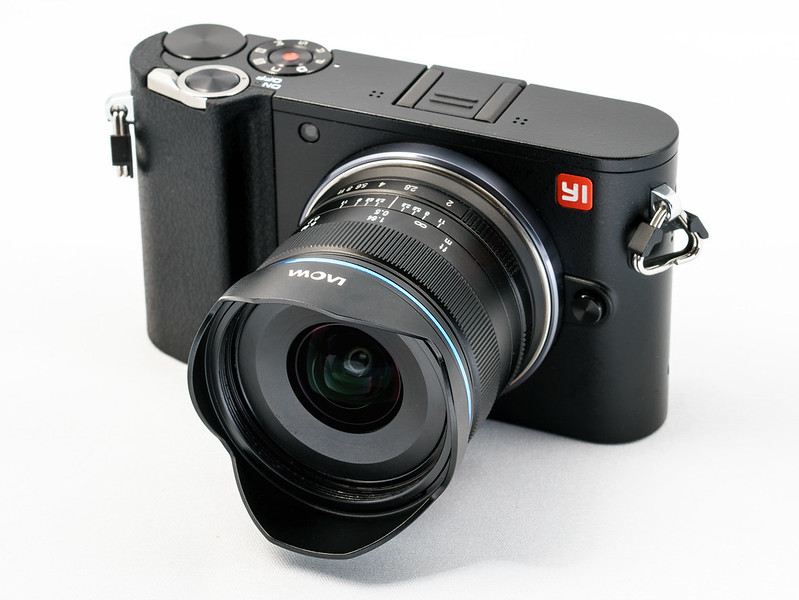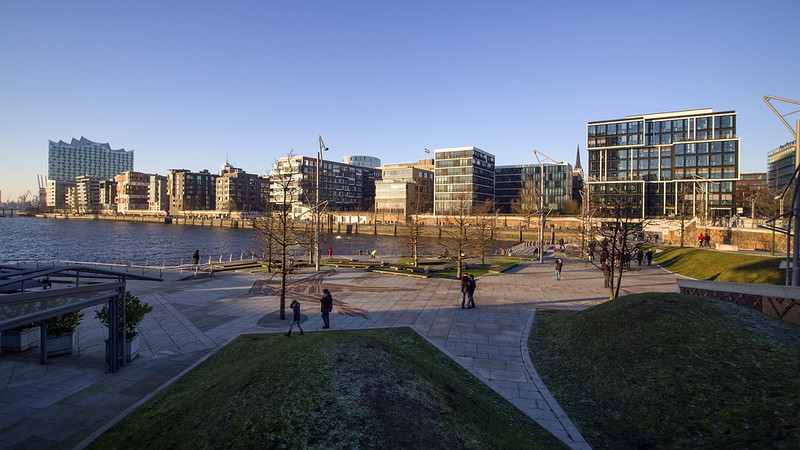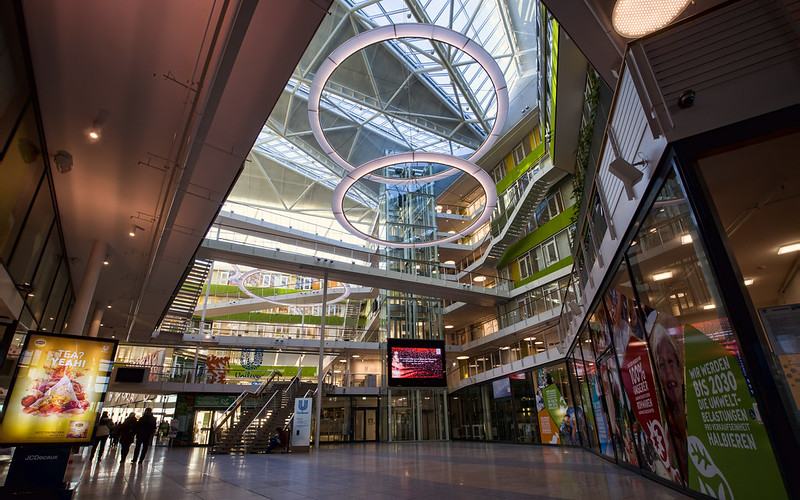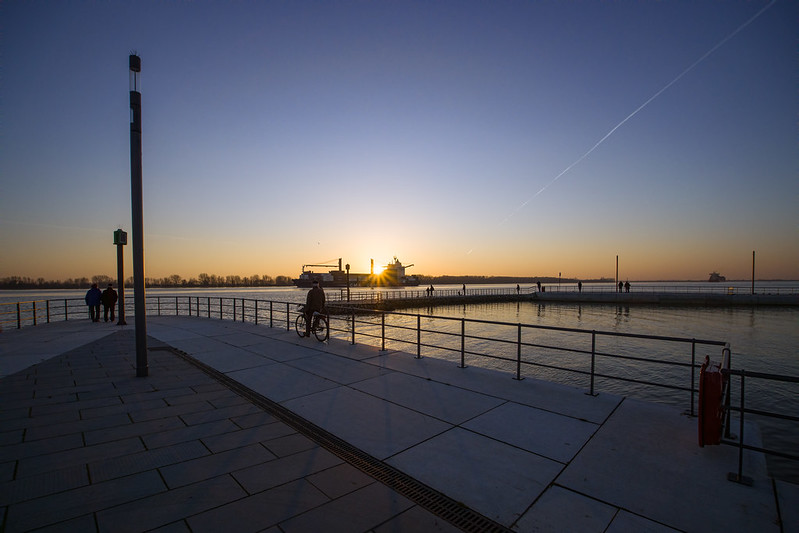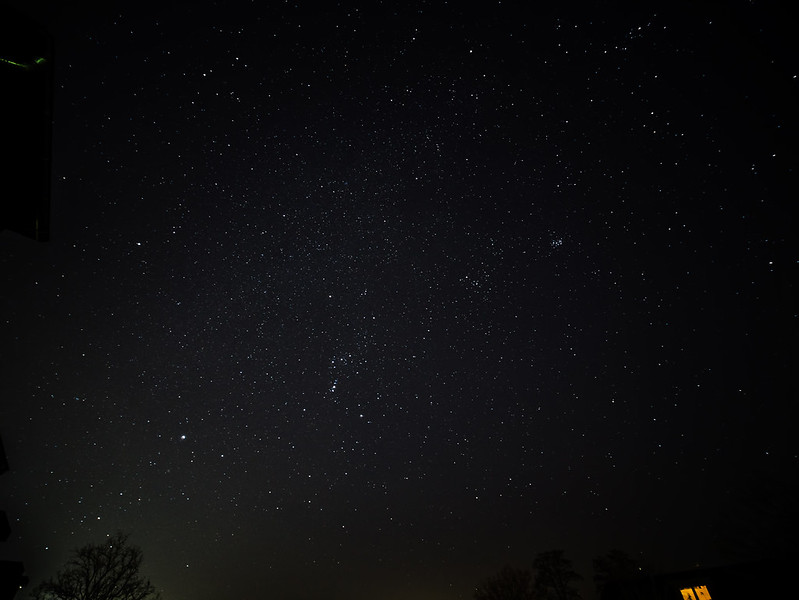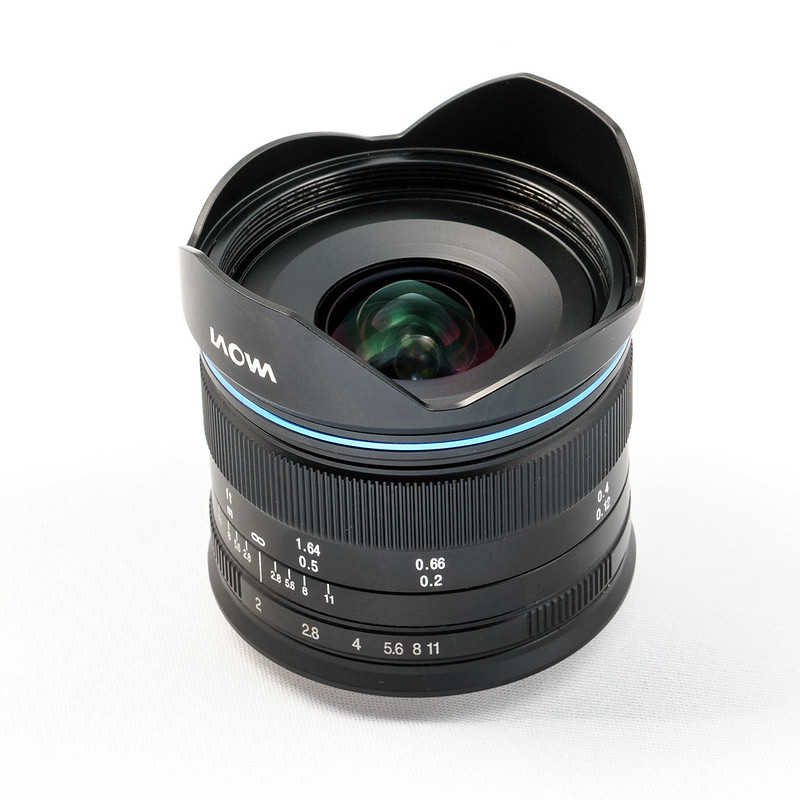Just arrived - the latest prototype of the world's widest rectilinar f/2 Micro Four Thirds lens - the Laowa 7.5mm f/2 mFT.
During Photokina 2016, Venus Optics presented first prototypes of two new ultra wide angle lenses - the Laowa 15mm f/2 for full frame and the Laowa 7.5mm f/2 for mFT. Although I left mFT some years ago in favor of full frame, I still appreciate mFT in situations where more compact and lightweight gear is required - e.g. when recording 4K footage on a drone. I found the Yi M1 quite interesting (see my review here) but had to recognize, that it uses only a crop of it's 20 MP sensor for 4K video which makes it quite hard to find lenses that provide a very wide angle even in 4K mode. Before the Laowa appeared, you could find in this focal range only fisheye lenses or the heavy and expensive Lumix Vario 7-14mm zoom. It is also worth mentioning that you can use standard filters with a filter thread of 46mm (an earlier prototype shown on the Photokina used 49mm but 46mm will be the final diameter) and the lens hood is removable.
This is, how this little 170g gem looks on the Yi M1 mirrorless:
But before putting it on a drone, I took it around for some photos in Hamburg's Hafencity and it's new town landmark, the "Elbphilharmonie", where it could demonstrate it's extreme viewing angle of about 110° combined with good low liight capabilities and even some potential to play with depth of field. In all following photos there was not any electronic correction for distortion, chromatic aberrations (CAs) or vignetting used. If you click on the photos, the flickr photo page will open so that you can see EXIFs and select higher resolutions including full size.
Bokeh
Interestingly, this little lens provides some potential to play with depth of field even on a four thirds sensor, as you can see in these examples:
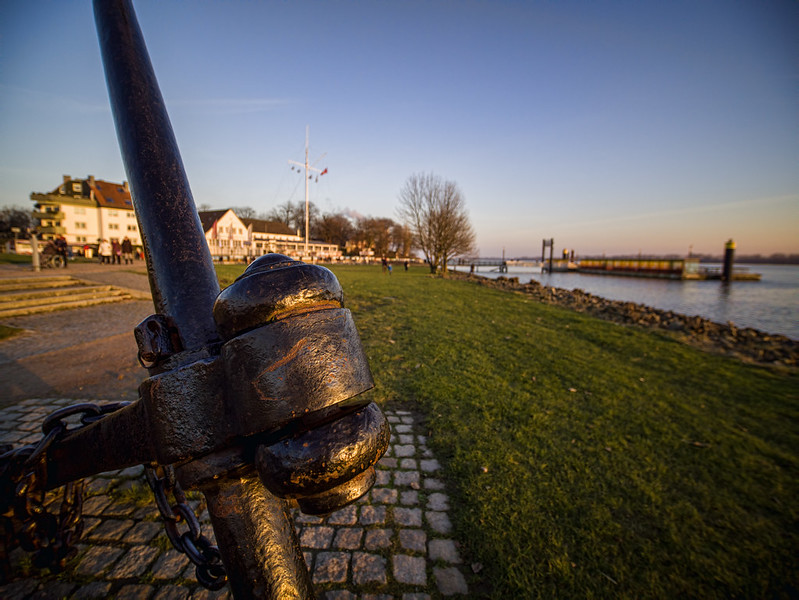
Some "3D pop" with Laowa 7.5mm mFT @ f/2.0
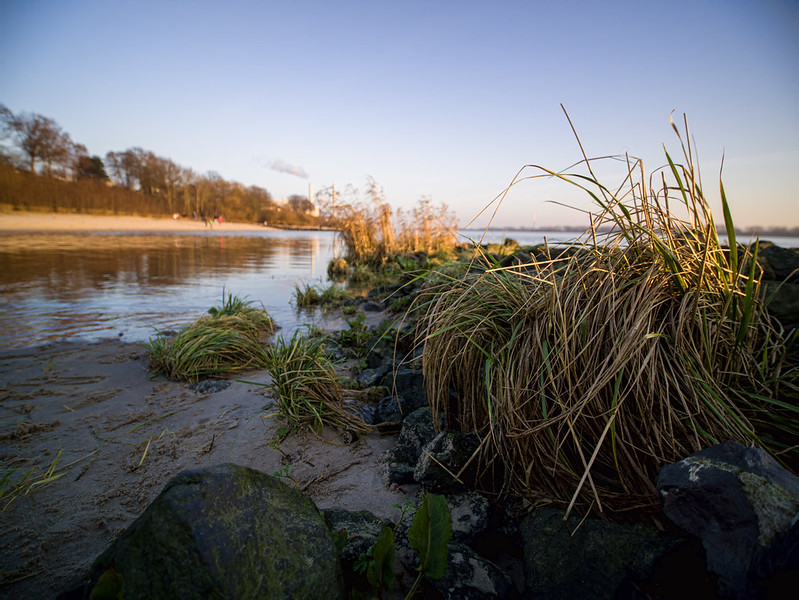
Bokeh with Laowa 7.5mm mFT @ f/2.0
Flares, aberrations and effects
Flare resistance and contrast in direct back light is pretty good but in extreme situations it is possible to create some flares:
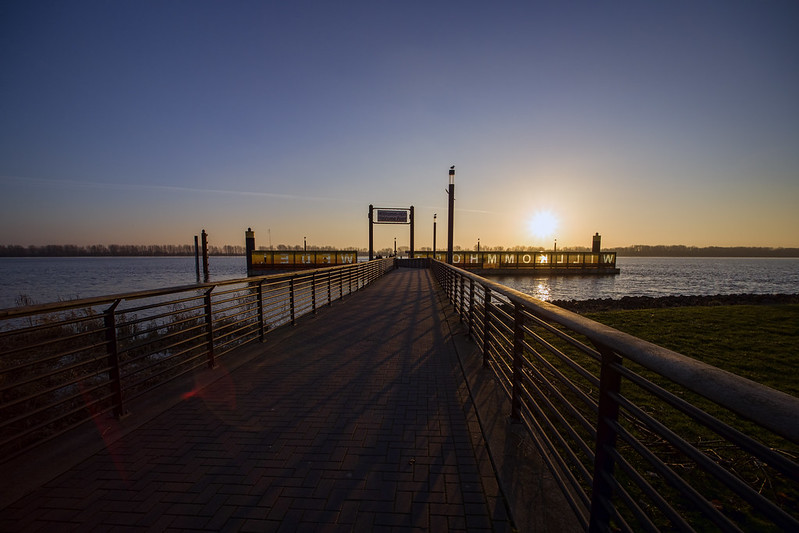
Some minor flares possible under extreme conditions
The lens can produce nice little aperture sun stars:
Although I am not experienced in astro photography at all and live close to a large city with a lot of light pollution, I can imagine that many people could be attracted by this fast wide angle and so I decided to make a little try:
You can find further photos in this Flickr album: https://www.flickr.com/photos/hhackbarth/albums/72157674649562113
Usage for video
As mentioned earlier, many mFT cameras produce 4K video from a strong crop wich will reduce your viewing angle quite significantly. The Laowa gives you a way wider view than e.g. the Olympus 12mm f/2. The aperture ring is clickless and the calibration for "infinite" was very accurate. So in my case I did not have to care for focusing. Just turn it to the mechanical end stop and almost anything will be in focus.
The following footage was mainly taken on a drone. Right at the beginning, you see a little comparison between the viewing angle when using the lens for photos covering the full m43 sensor area followed by the crop you get with the Yi M1 camera in 4K video mode. The stabilization in the flight scenes was not perfect due to the "quick and dirty" balancing and gimbal tuning and due to the extremely low temperatures (-3°C on the ground) making the dampers less flexible but when viewed in 1440p or 1080p it is pretty ok. There was also a little reduction of contrast when the drone flew against the sun due to the ND filter used on the lens.
Conclusion
This is one more lens demonstrating the skills of the designers and engineers at Venus Optics putting so extreme features in such a little housing. The lens seems to be build very solid and the focus and aperture ring operate very smooth. The optical performance is not perfect at open aperture as you can see some coma, some CA and vignetting and a bit decreasing resolution in the edges but for that size and weight I am really surprised how well it performed. Stopped down to f/5.6 or f/8 the lens is also a good choice for architecture and landscape. For drone applications I whish they could make it even lighter - e.g. with a special edition in a plastic housing - as for example the gimbals of DJI's micro Four Thirds cameras currently can balance and stabilize only lenses up to 158g.
Availabilty will be early 2017, price is not yet defined. You can find more about this lens soon at http://www.venuslens.net/



